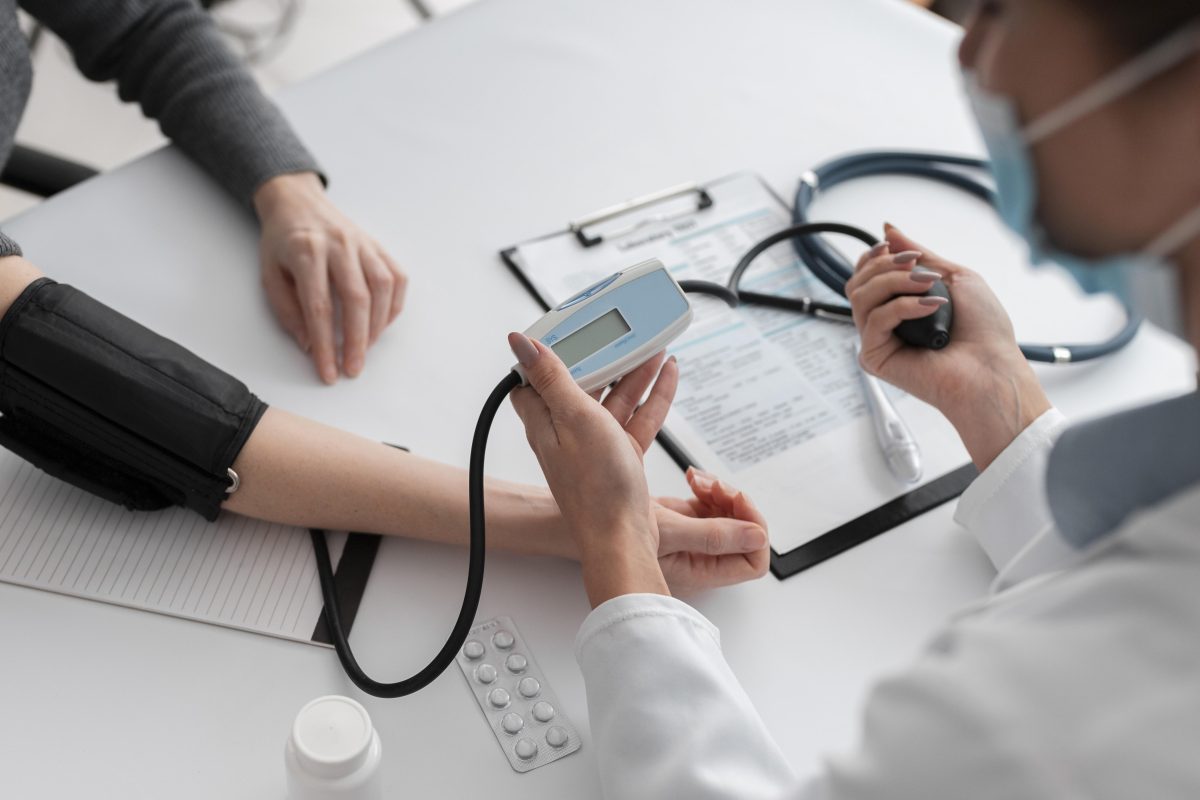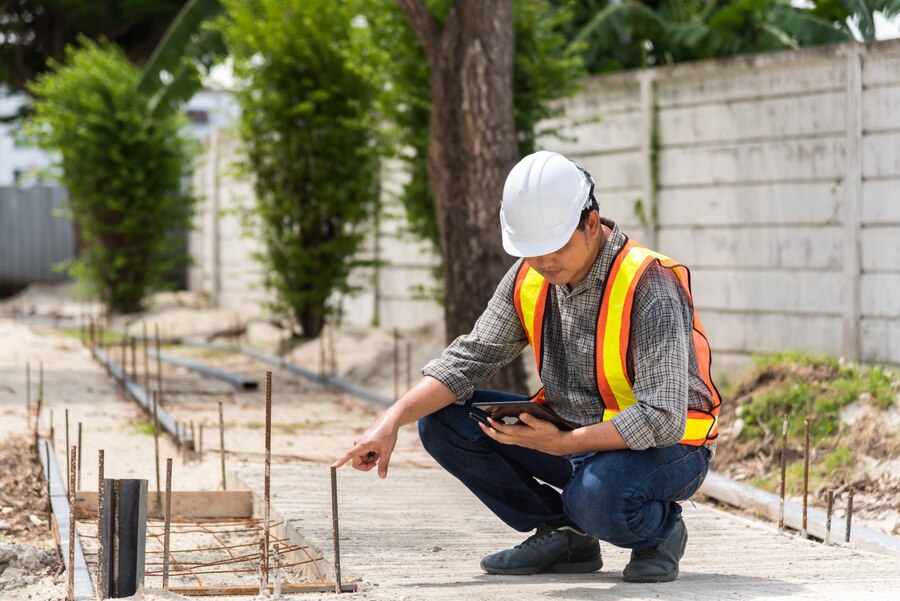Occupational Health Risk Assessment Based Services

Workplace Stress Risk Assessment (HSE Management standards)
Employers have a legal duty to protect employees from stress at work by doing a risk assessment and acting on it. If you have five or more employees, you are required by law to write the risk assessment down. Problematically, many workplace managers find dealing with workplace stress extremely challenging and are very confused about the stress risk assessment and the approach to it.
It is important to remember that ‘stress’ is not a clinical / medical diagnosis, and whilst it is common and can be intrusive and in many respects damaging, it remains in simple terms an adverse reaction to workplace and / or psycho social stressors. From a workplace perspective it is essential that we understanding the origins of an employee’s workplace stress and put controls in place to manage it effectively. Poor management of stress in the long term invariably often leads to prolonged absence and potentially avoidable more formalised psychological health issues such as anxiety and depression.
Stress issues often need to be dealt with sympathetically. Kays Medical Occupational Health specialists can help deal with workplace stress issues effectively and sensitively, delivering an appropriate risk-based solution, balanced carefully between the employee’s health needs and management operational requirements. We are equally equipped to identify and deliver the other support mechanisms such as counselling support and CBT where clinically appropriate and so often required in providing an effective solution.
Display Screen Risk Assessment – Enhanced OHA led
Workers who use display screen equipment (DSE) daily, as part of their normal work, continuously for an hour or more, employers must do a workstation assessment.
Employers should look at the whole workstation, including equipment, furniture, and work conditions, the job being done, any special requirements of a member of staff, for example a user with a disability. Where there are risks, they should take steps to reduce them.
Employers must also ensure an assessment is completed when, a new workstation is set up, a new user starts work, a change is made to an existing workstation or the way it’s used, or the users complain of pain or discomfort.
Software packages can help train DSE users and help them take part in assessments. But the software is not an assessment on its own. You should always make sure a trained assessor looks at user DSE assessment results (whether these are software or paper based). The assessor should clear up any doubtful points, provide feedback to users and make sure problems are put right, for example by changes to the DSE or workstation.
SOHS can provide the necessary and enhanced DSE risk assessment particularly for users that have identified specific symptoms or have a formal diagnosis that is being impacted by DSE use. The clinician will be able to provide appropriate assessment and advice as regards controls, hardware and ancillaries that will support/manage the DSE user’s risks.


Pregnancy Risk Assessment
Your workplace risk assessment should already consider any risks to female employees of childbearing age and, in particular, risks to new and expectant mothers (for example, from working conditions, or the use of physical, chemical or biological agents). Any risks identified must be included and managed as part of the general workplace risk assessment.
If you are notified that an employee is pregnant, breastfeeding or has given birth within the last six months, you should check your workplace risk assessment to see if any new risks have arisen. If risks are identified during the pregnancy, in the first six months after birth or while the employee is still breastfeeding, you must take appropriate, sensible action to reduce, remove or control them.
SOHS are equipped to undertake the necessary risk assessment with your employee. On most occasions this can be done remotely, however depending on the complexity of the role and the interaction with chemicals and other hazards there may be a requirement to conduct this on site.
Lone Worker Risk Assessment
Establishing a healthy and safe working environment for lone workers can be different from organising the health and safety of other employees. They should not be put at more risk than other people working for you.
Whilst it will often be safe to work alone, the law requires employers to think about and deal with any health and safety risks before people are allowed to do so. Things you could consider to help ensure lone workers are not put at risk include, assessing areas of risk including violence, manual handling, the medical suitability of the individual to work alone and whether the workplace itself presents a risk to them, requirements for training, levels of experience and how best to monitor and supervise them making sure you know what is happening, including having systems in place to keep in touch with them.
SOHS can provide the necessary physical and psychological fitness checks for lone workers. Often this can be done remotely, however on occasion face to face assessment may be required



